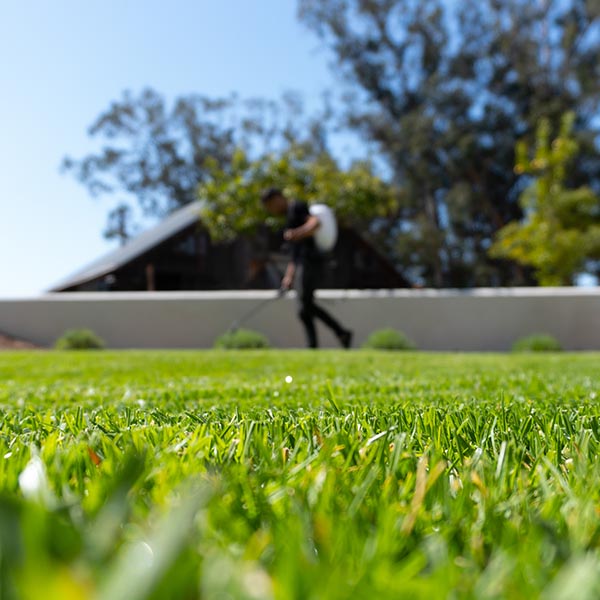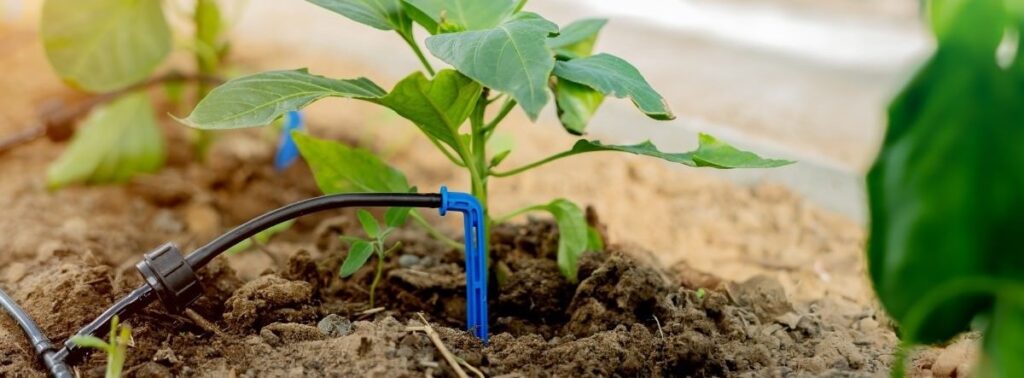Landscape Irrigation
Proper lawn irrigation is essential for maintaining a healthy and vibrant lawn while conserving water. One of the best practices is to water your lawn deeply but infrequently. This encourages the growth of deep roots, making your lawn more drought-resistant in the long run. Watering deeply also prevents shallow root growth, which can make the grass more susceptible to heat stress and diseases. Aim to water your lawn early in the morning when evaporation rates are low, allowing the water to penetrate the soil effectively without excessive loss to evaporation.
Another important practice is to adjust your irrigation schedule based on weather conditions. During periods of rainfall or cooler temperatures, your lawn may not need as much water. Investing in a smart irrigation system that can adjust watering schedules based on local weather forecasts can help you optimize water usage and prevent overwatering. Additionally, regularly inspecting your irrigation system for leaks, broken sprinkler heads, or misaligned nozzles is crucial to prevent water waste and ensure even coverage across your lawn.
Furthermore, it’s essential to water your lawn evenly to prevent overwatering in some areas and underwatering in others. This can be achieved by properly positioning sprinkler heads and adjusting their spray patterns to ensure uniform coverage. Additionally, consider using drip irrigation for flower beds and other landscaping features, as it delivers water directly to the roots with minimal evaporation loss.


